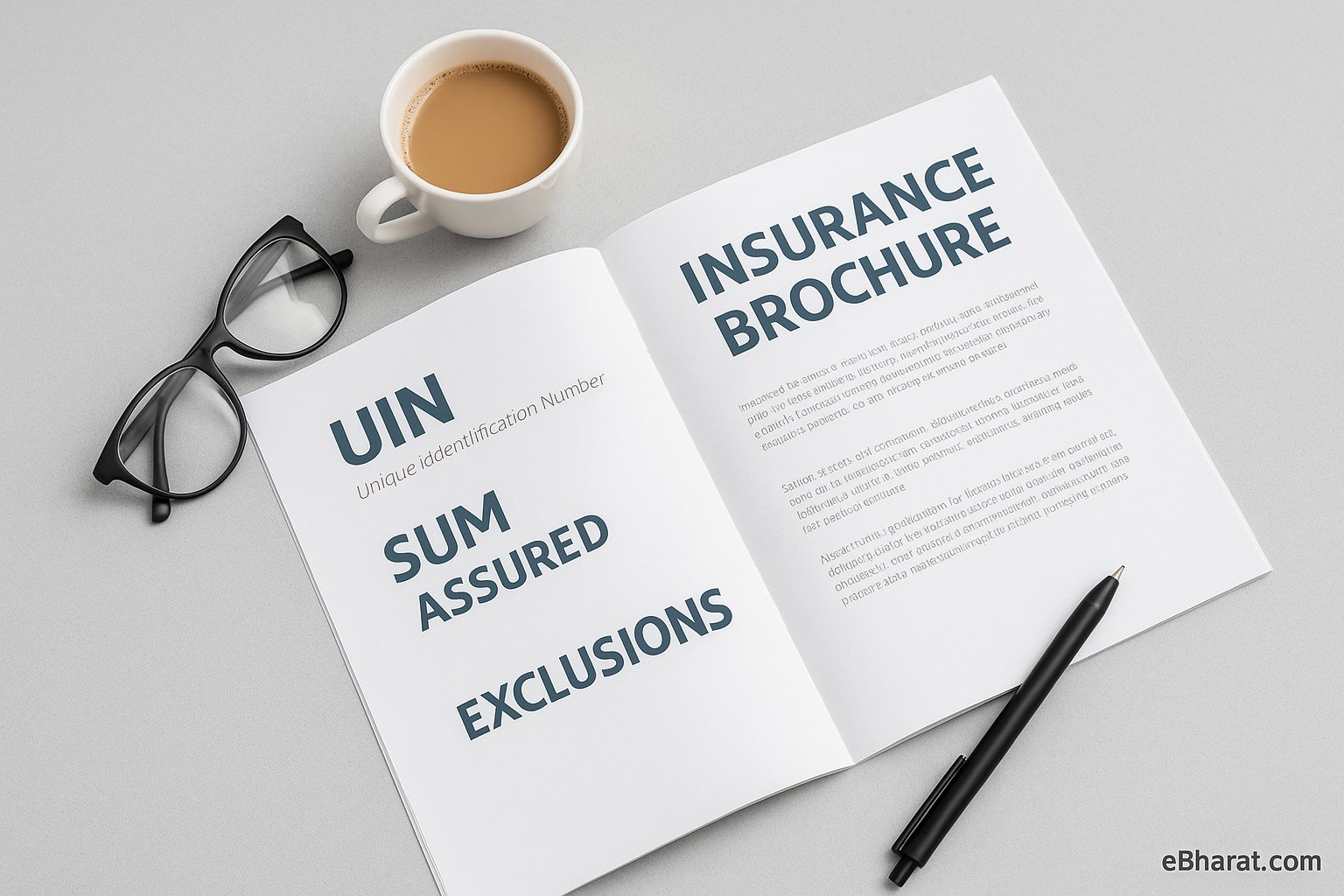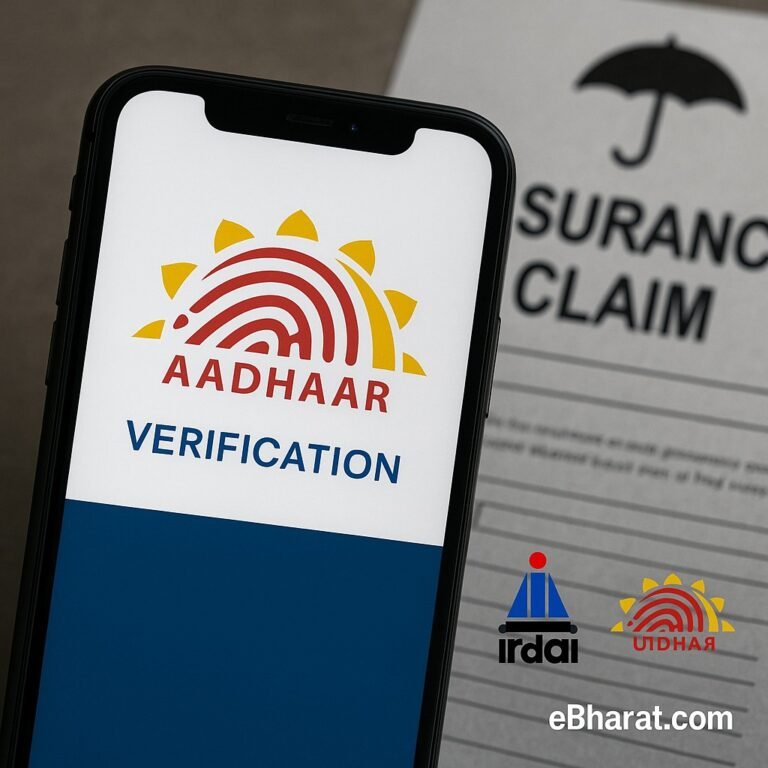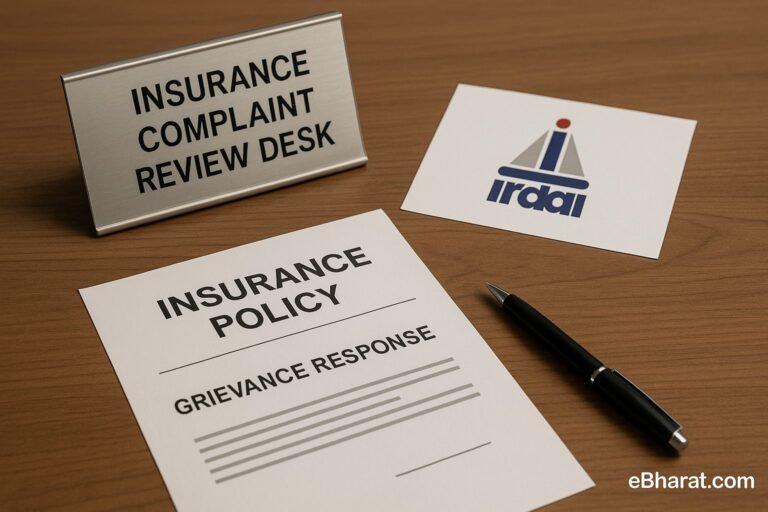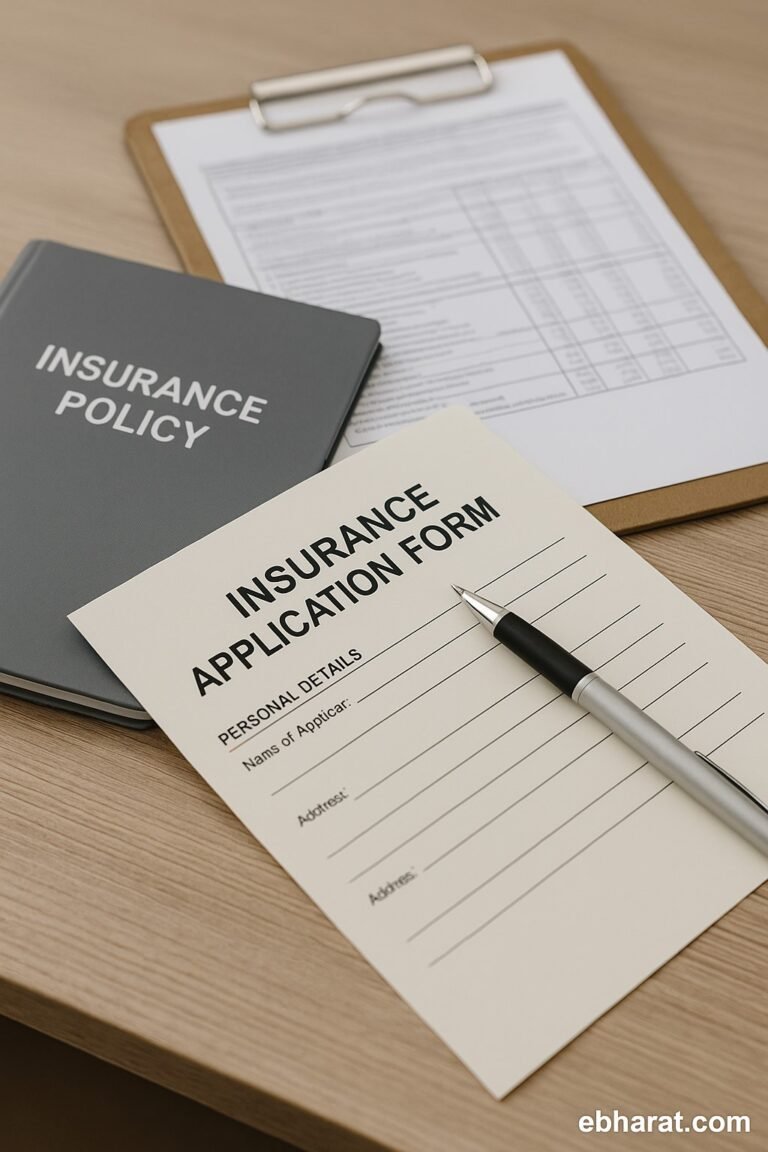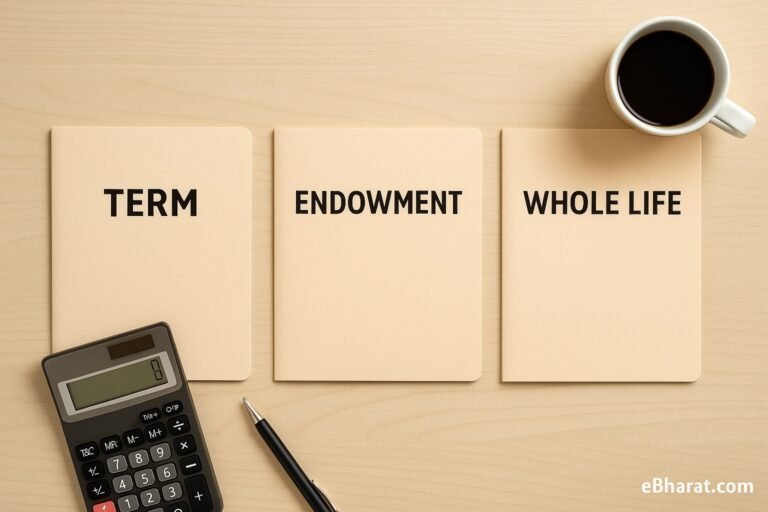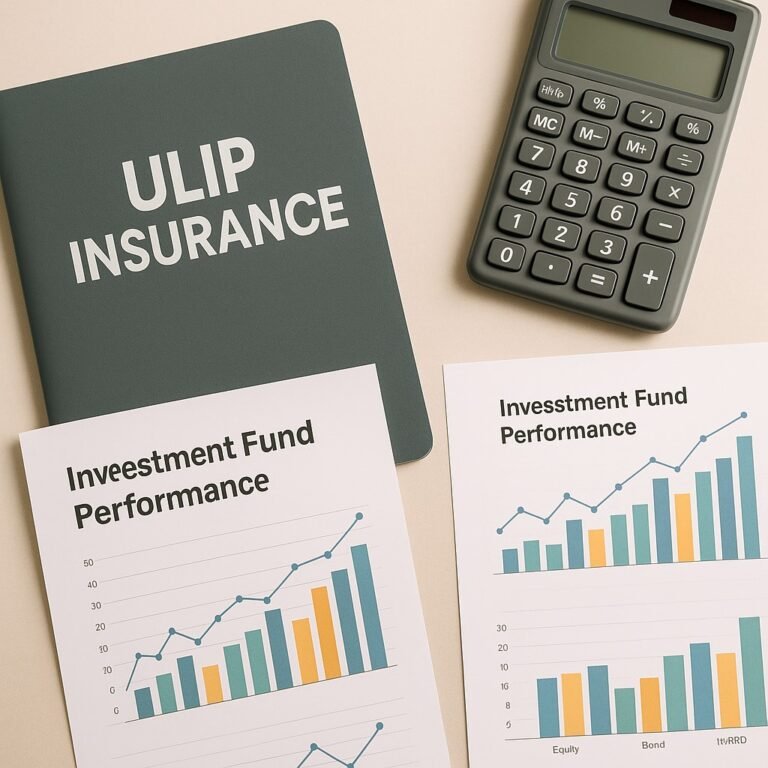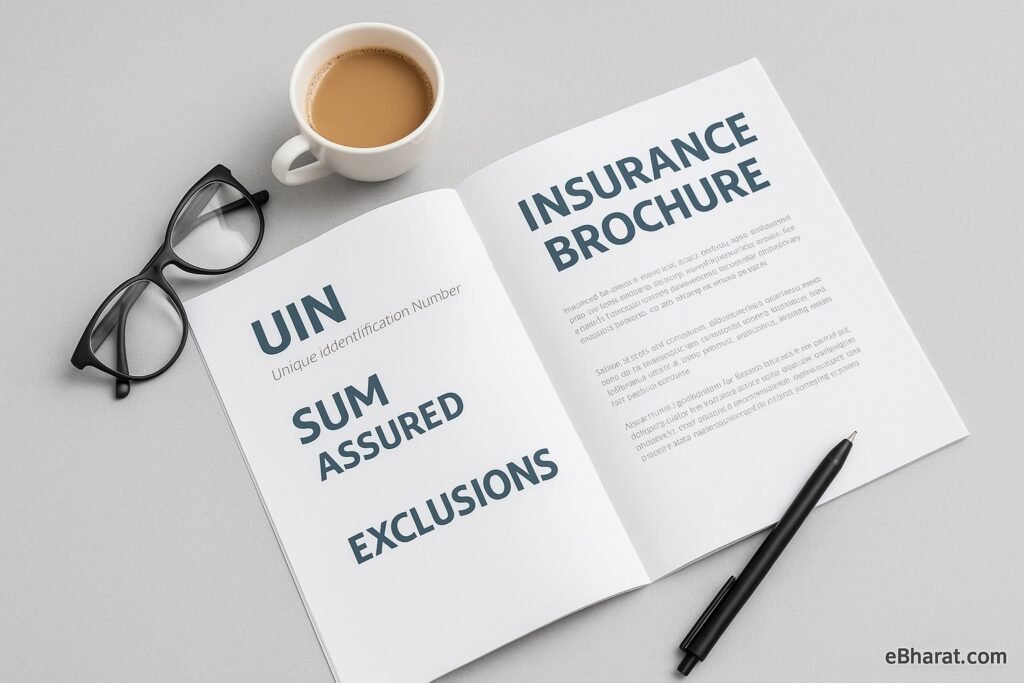
For most people, insurance is about peace of mind. But how do you know what you’re actually signing up for? That’s where the insurance brochure comes in — your first real look at what a policy promises, and what it doesn’t.
Whether it’s life insurance, a term plan, or a health policy, every plan comes with an official brochure. It may look long or confusing, but hidden inside are the most important truths about the policy.
Here’s what to look for — so you don’t regret your choice later.
1. IRDAI UIN — The Plan’s Official Identity
Every approved insurance plan in India is assigned a Unique Identification Number (UIN) by IRDAI (Insurance Regulatory and Development Authority of India).
This 8-digit number is proof that the policy is registered, active, and legally valid. It’s usually printed in a corner of the first or last page of the brochure.
Why it matters:
If you’re planning to buy insurance, reading this document carefully can help you avoid mis-selling, confusion, or future claim rejection. Here are the top elements you should always verify before signing up.
1. IRDAI UIN (Unique Identification Number)
Every approved insurance product in India must carry a UIN issued by IRDAI. This 8–digit code confirms that the product is officially registered. It usually appears on the top or bottom corner of the brochure. If there’s no UIN, don’t proceed — it may be an outdated or unapproved plan.
2. Sum Assured and Payout Terms
The sum assured is the guaranteed amount your nominee will receive in case of a claim. For term plans, this is usually a lump sum. For savings or endowment policies, payout may include bonuses or maturity benefits. Always verify whether the amount shown is guaranteed or variable.
3. Exclusions and Waiting Periods
Every insurance policy has exclusions — situations where the insurer will not pay. For example, suicide within the first year, accidental death under intoxication, or pre-existing disease clauses in health plans.
Also check the waiting period — especially in health insurance — which defines how long you must wait before certain claims are allowed.
4. Premium and Coverage Breakdown
Understand what you’re paying and what you’re getting. For example, in bundled policies, part of your premium may go toward life cover while the rest goes to savings. In pure term insurance, 100% of the premium goes toward risk protection.
The brochure should clearly mention premium frequency (monthly/annual), policy term, and renewal rules.
5. Free Look Period and Grace Policy
Every IRDAI-approved policy offers a 15-day free look period. This means you can cancel the policy without penalty if you’re not satisfied with the terms. Also check the grace period for premium payment — usually 15–30 days — so your policy doesn’t lapse accidentally.
Summary
Buying insurance is a long-term decision. The brochure is not just a formality — it’s your legal and financial reference point. Reading it carefully ensures that you know what you’re covered for — and what you’re not.
If anything feels unclear, ask your advisor to explain it — and don’t hesitate to compare brochures across insurers before choosing.

